My favourite painting: Nicola Shulman
Nicola Shulman chooses her favourite painting for Country Life.
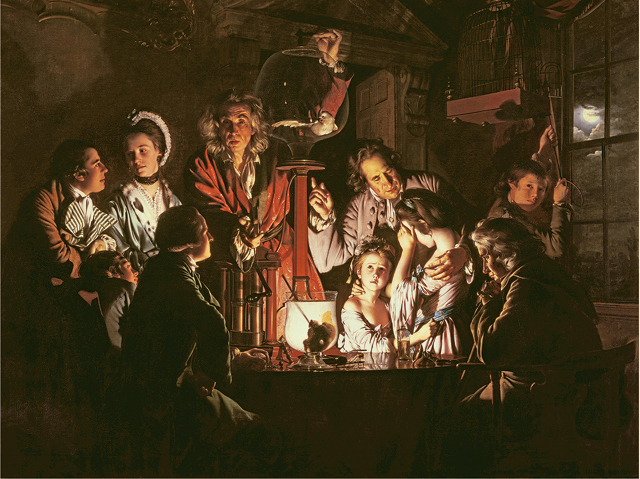

An Experiment on a Birdinthe Air Pump, 1768, by Joseph Wright of Derby (1734–97), 72in by 96in, National Gallery, London. Bridgeman Images.
Nicola Shulman says: 'I have always loved this great Enlightenment painting for the terrible thing in the jar, the novelistic depiction of a family and because girls are also brought to witness this spectacle of scientific magicianship. Walking through the National Gallery one day, I noticed that the unfortunate bird is placed exactly where you’d find the dove of the Holy Ghost in Renaissance religious paintings. Put your finger over the right, moonlit side of the bird, and something curious happens. Intriguing. Was this about the Lunar Circle (later Lunar Society)? Did Wright mean to hint at the convulsive effect of scientific knowledge upon religious certainties?'
Nicola Shulman, the Marchioness of Normanby, is a writer/journalist and trustee of the Garden Museum. Her life of Sir Thomas Wyatt, Graven with Diamonds, was published in 2011.
John McEwen comments: Joseph Wright was born and always based in Derby, his father an attorney and town clerk. He studied in London under the portraitist Thomas Hudson, teacher of Joshua Reynolds, and subsequently established a professional reputation for portraiture in the East Midlands. The Air Pump, first shown at London’s Society of Artists, was immediately recognised as unique. ‘Mr Wright of Derby is a very great and uncommon genius, in a peculiar way,’ wrote a contemporary reviewer.
Wright’s subject reflects his Midlands circle of friends and patrons, several of them philosophers, scientists and industrialists, who later formed the Lunar Society, an influential discussion group. He was never a member, but his close friend and doctor, Erasmus Darwin, the evolutionist’s grandfather, was. Darwin treated what seems to have been Wright’s depression, the bane of his adult life.
A 17th-century German invention, the air pump (luftpumpe) was a familiar item in England by Wright’s 18th century time, when a general interest in science was encouraged by travelling lecturers, who demonstrated pneumatics (the air pump) and other simple scientific experiments.
The lecturer pumps air out until the chambered cockatoo is at the point of death. the suffocating bird will then be dramatically revived when air is pumped back. The object in the glowing vessel has been identified as a decayed skull. Technically a tour de force of light effects, it is an update of the allegorical vanitas, a cautionary reminder of death. For the little girl, death is a frightening revelation; for the gloomy old man, an imminent reality. only the lovers are oblivious.
Sign up for the Country Life Newsletter
Exquisite houses, the beauty of Nature, and how to get the most from your life, straight to your inbox.
This article was originally published in Country Life, February 25, 2015
More from the My Favourite Painting Series
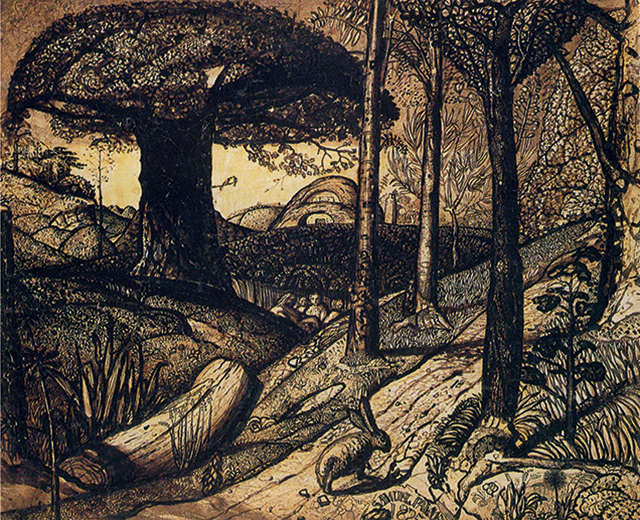
My favourite painting: Dan Pearson
Dan Pearson chooses his favourite painting for Country Life.
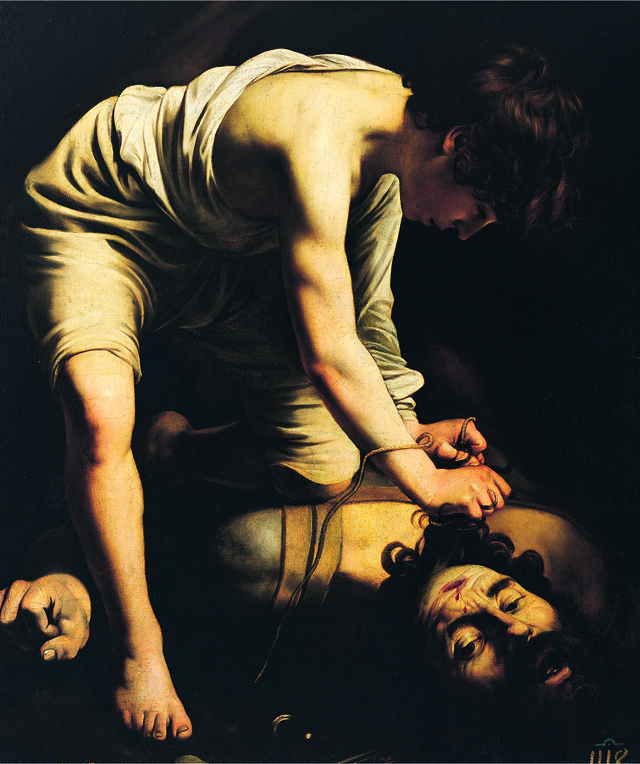
My favourite painting: Fiona Bruce
Fiona Bruce chooses her favourite painting for Country Life.
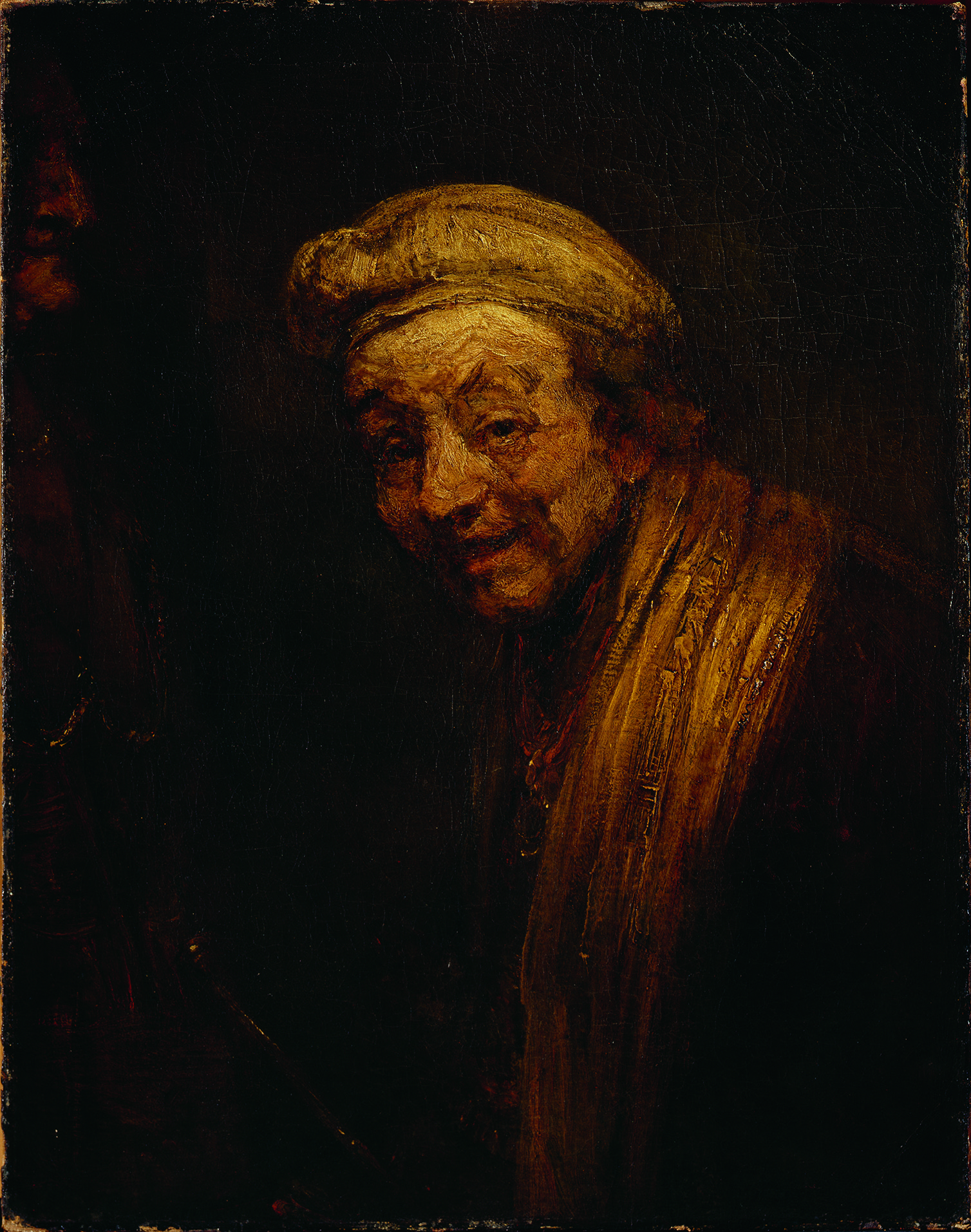
Credit: Rembrandt
My Favourite Painting: Maggi Hambling
Maggi Hambling chooses her favourite painting for Country Life.
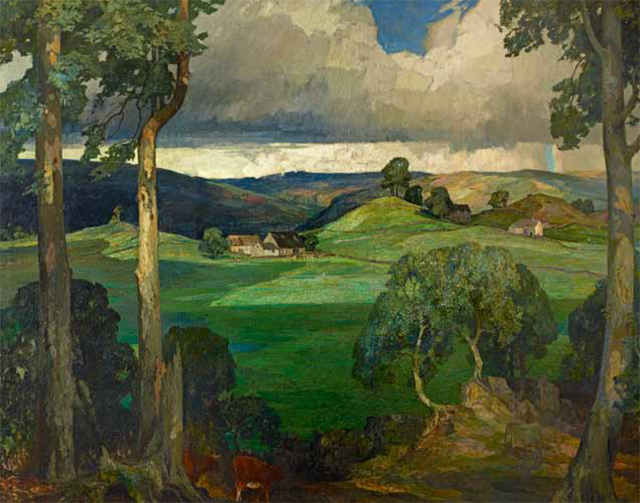
My Favourite Painting: HRH The Prince of Wales
HRH The Prince of Wales chooses his favourite painting for Country Life.
Country Life is unlike any other magazine: the only glossy weekly on the newsstand and the only magazine that has been guest-edited by HRH The King not once, but twice. It is a celebration of modern rural life and all its diverse joys and pleasures — that was first published in Queen Victoria's Diamond Jubilee year. Our eclectic mixture of witty and informative content — from the most up-to-date property news and commentary and a coveted glimpse inside some of the UK's best houses and gardens, to gardening, the arts and interior design, written by experts in their field — still cannot be found in print or online, anywhere else.
-
 Spam: The tinned meaty treat that brought a taste of the ‘hot-dog life of Hollywood’ to war-weary Britain
Spam: The tinned meaty treat that brought a taste of the ‘hot-dog life of Hollywood’ to war-weary BritainCourtesy of our ‘special relationship’ with the US, Spam was a culinary phenomenon, says Mary Greene. So much so that in 1944, London’s Simpson’s, renowned for its roast beef, was offering creamed Spam casserole instead.
By Country Life
-
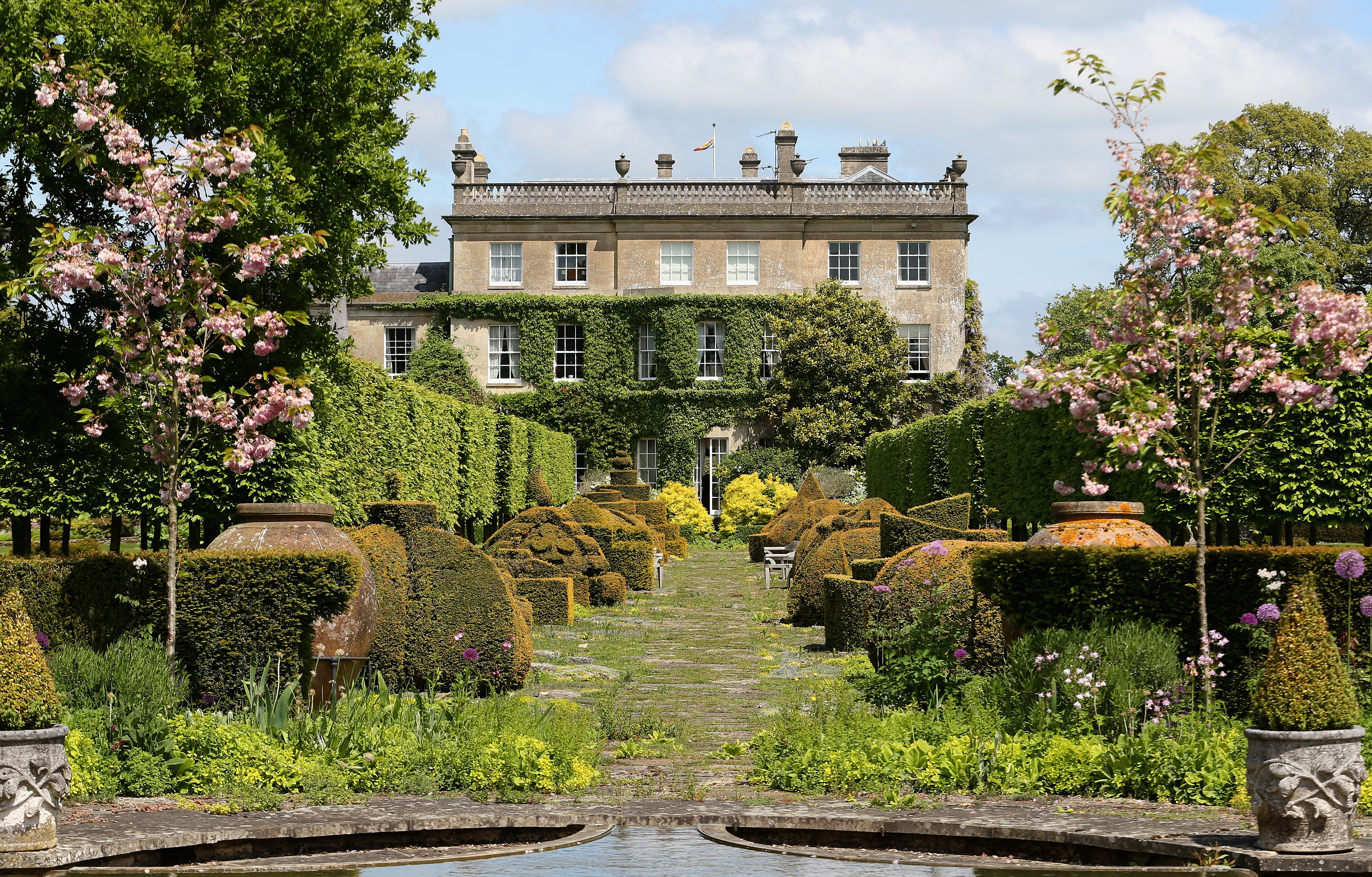 Sanderson's new collection is inspired by The King's pride and joy — his Gloucestershire garden
Sanderson's new collection is inspired by The King's pride and joy — his Gloucestershire gardenDesigners from Sanderson have immersed themselves in The King's garden at Highgrove to create a new collection of fabric and wallpaper which celebrates his long-standing dedication to Nature and biodiversity.
By Arabella Youens
-
 My favourite painting: Allan Mallinson
My favourite painting: Allan MallinsonMilitary historian Allan Mallinson picks an image of 'faith, generosity and ultimate sacrifice'.
By Charlotte Mullins
-
 My Favourite Painting: Piet Oudolf
My Favourite Painting: Piet Oudolf'One cannot sense whether he is far out on the ocean or closer to shore, or what he may be watching or feeling in that moment as he stares towards the beach.’
By Country Life
-
 My Favourite Painting: Mary Plazas
My Favourite Painting: Mary Plazas'There is compassion, awe, humility, a knowing yet a questioning in the glistening eyes. It moves me, it inspires me beyond the need to know.’
By Country Life
-
 My favourite painting: Robert Kime
My favourite painting: Robert KimeRobert Kime shares his fondness for New Year Snow by Ravilious
By Country Life
-
 My Favourite Painting: Anna Pavord
My Favourite Painting: Anna PavordAnna Pavord chooses a picture which reminds her of where she grew up
By Country Life
-
 My favourite painting: The Duchess of Wellington
My favourite painting: The Duchess of WellingtonThe Duchess of Wellington chooses her favourite painting for Country Life.
By Country Life
-
 My favourite painting: Maureen Lipman
My favourite painting: Maureen LipmanMaureen Lipman chooses her favourite painting for Country Life.
By Country Life
-
 My favourite painting: Jacqueline Wilson
My favourite painting: Jacqueline Wilson'I looked at this painting and decided to write about a Victorian circus girl one day'
By Country Life